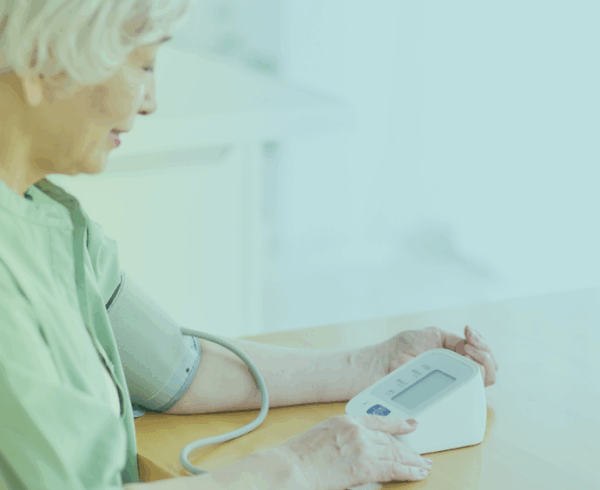November 1, 2021
About two years ago, Bay Area Community Health (BACH) in Fremont, California began to screen patients for toxic stress in an effort to provide more holistic care. Using paper-based tools, providers would conduct the screening during a patient appointment, note any recommended follow up, and then send the screening results to BACH’s medical records department where it could be scanned and finally added to the patient’s chart.
That workflow has since been streamlined with the newly integrated screening tools that are now available for use within the health center’s electronic health record (EHR) platform, OCHIN Epic.
“It was great when we saw that we could actually enter the score in Epic – that was wonderful,” said Suksham Puri-Kumar, a physician at BACH. “So now our workflow has changed. That makes it easier, and we don’t need to use paper copies anymore.”
Making it Easier for Providers to Screen and Respond to Toxic Stress
Toxic stress is the cumulative impact of traumatic events that occur in childhood – known as adverse childhood experiences, or ACEs. Over time, these events can take a negative toll on a person’s mental, behavioral, and physical health, including increased risk of addiction, diabetes, heart disease, and stroke. Early detection is key for providers to be able to interrupt this toxic stress cycle by offering appropriate services and support. That’s why OCHIN is working to make screening for ACEs as simple and accessible as possible.
Phase one of this ongoing effort began with making screening tools and best practices more available to providers in partnership with the Community Health Center Network (CHCN) in California. With additional support from Blue Shield of California for phase two, in January OCHIN began to offer more integrated EHR tools to help providers enhance early screening and support for families in crisis. The grant also supports a self-serve training collections page, a best practices toolkit, and practice coach resources through January 2022 for California members. The goal: to achieve well-being and good health for everyone across generations by identifying and addressing sources of generational trauma.
Since then, OCHIN has continued working with both California-based partners to add new capabilities, such as additional language options, and further streamline these screening tools and workflows. This has made it even easier for providers at health centers across the country, like BACH, to conduct and record the results of patient ACEs screenings—shifting what was once a predominantly paper process into OCHIN Epic EHR for better care coordination and follow up.
“Something we learned during that project was that when you enter the screening results in Epic, there is a place at the bottom where you can enter notes and referrals,” Puri-Kumar said. “So that’s a good way to keep track of how we are following up with our patients.”
BACH has completed more than 5,500 screenings in the past 12 months, of which 54% registered at least one ACE and 5% reported four or more ACEs, indicating toxic stress. To ensure screening access and accuracy many organizations, including BACH, currently work with translators to conduct screenings in a patient’s preferred language, then record it in English. But OCHIN has also translated ACEs screening tools into a total of nine languages besides English—these include Spanish, Chinese, Vietnamese, Arabic, and Tagalog (in partnership with CHCN) and Hmong, Korean, Russian, and Armenian (in partnership with Blue Shield of California). These languages are currently available for providers to use via the screening Welcome Tablets and within flowsheets, with additional languages to be added as they become available.
Supporting Early Intervention and Sustaining Community Care
BACH has also benefited from the ease with which the new EHR integration links its ACEs screenings to the appropriate billing codes for reimbursement through California’s ACEs Aware initiative—a state-run incentive program to encourage more providers to offer ACEs screenings, especially during pediatric visits where timely intervention can have the greatest positive effect on young patients’ long-term health outcomes. Under the program, Medi-Cal providers are eligible to receive a $29 payment to help sustain and support providers who conduct ACEs screenings for child and adult patients with full-scope Medi-Cal insurance. California also passed new legislation expanding reimbursement to include other insurance types beginning in January 2022.
Looking ahead, Puri-Kumar said she’s excited about working with OCHIN to deploy new dashboards (supported through funding from Blue Shield of California) that will allow BACH to better evaluate its screening efforts and follow up on referrals for specialty care or community support using integrated social service resource locators (SSRLs), like those that OCHIN currently offers through partners like Unite Us or Aunt Bertha. SSRLs enable providers to refer patients to community resources, like food or housing assistance. They can also track the status of those referrals to ensure patients are receiving the additional community support they may need to stay healthy—all directly from their EHR.
“OCHIN is going to help us create dashboards,” Puri-Kumar said. “With those dashboards we will be able to run reports which tells us how many screenings we did, how many people denied screenings, how many were completed, many resulted in referrals, and how many of those referrals were actually closed. That’s going to be absolutely fantastic.”
If you are an OCHIN member and are interested in learning more about the ACEs screening or SSRL tools available to you in OCHIN Epic, please contact your OCHIN member care team.












